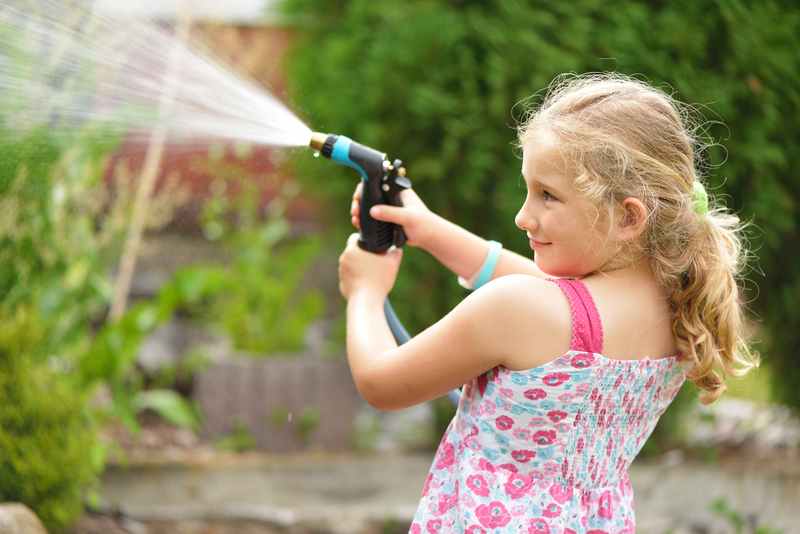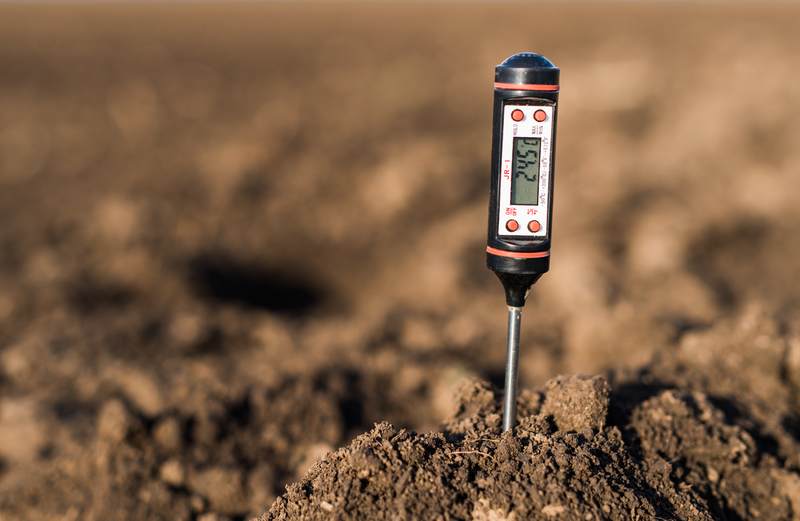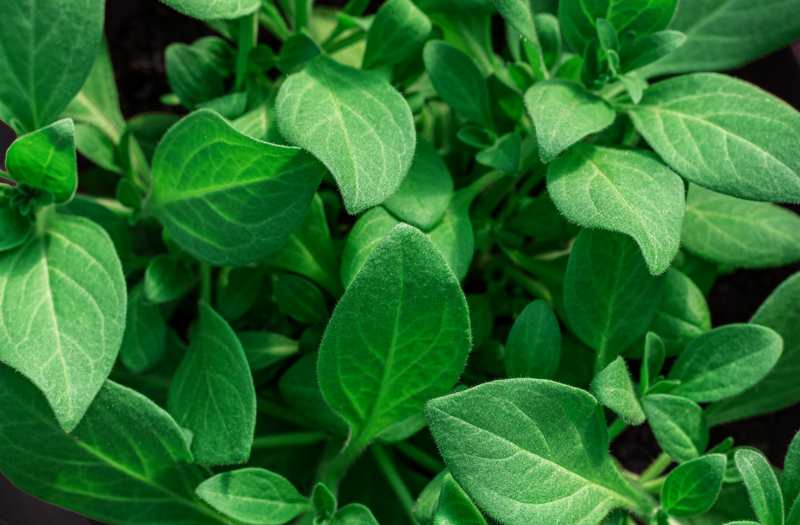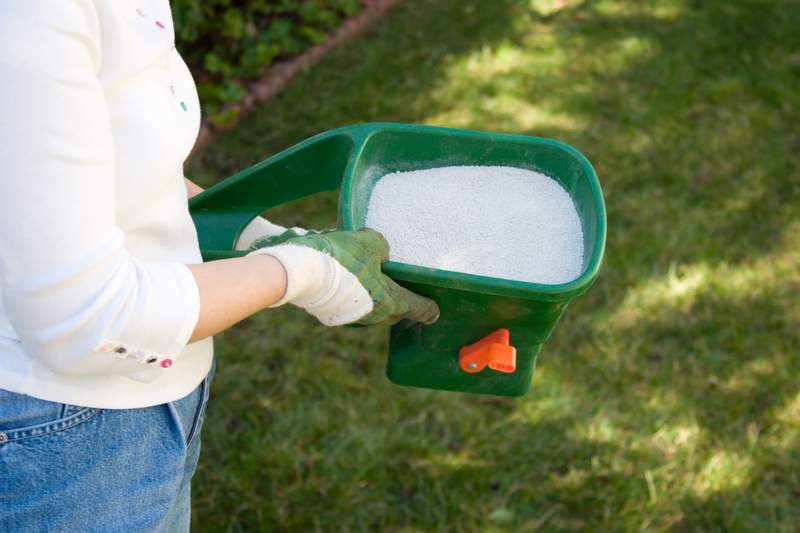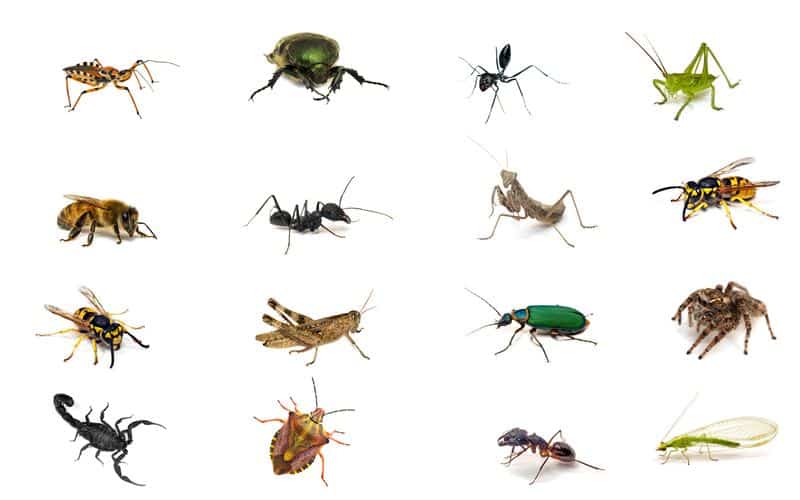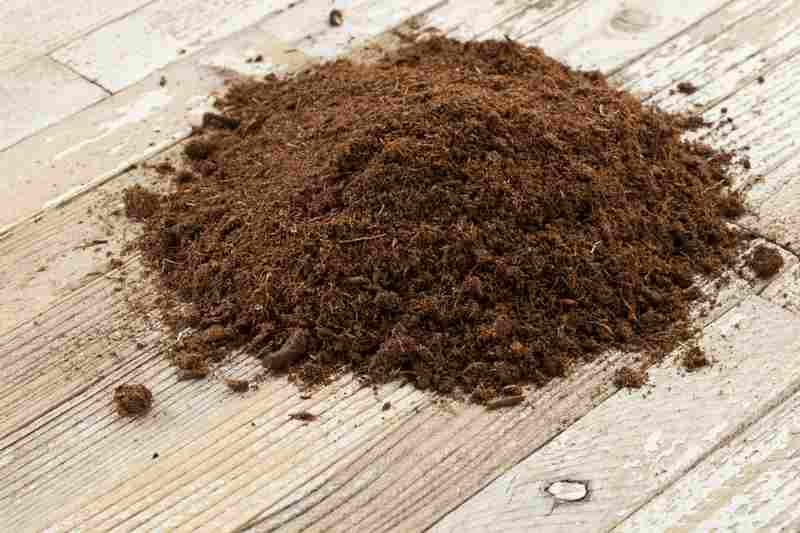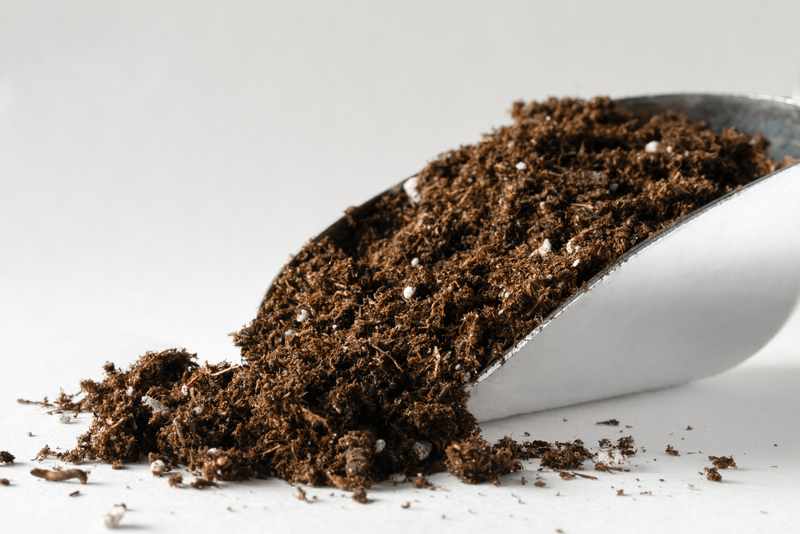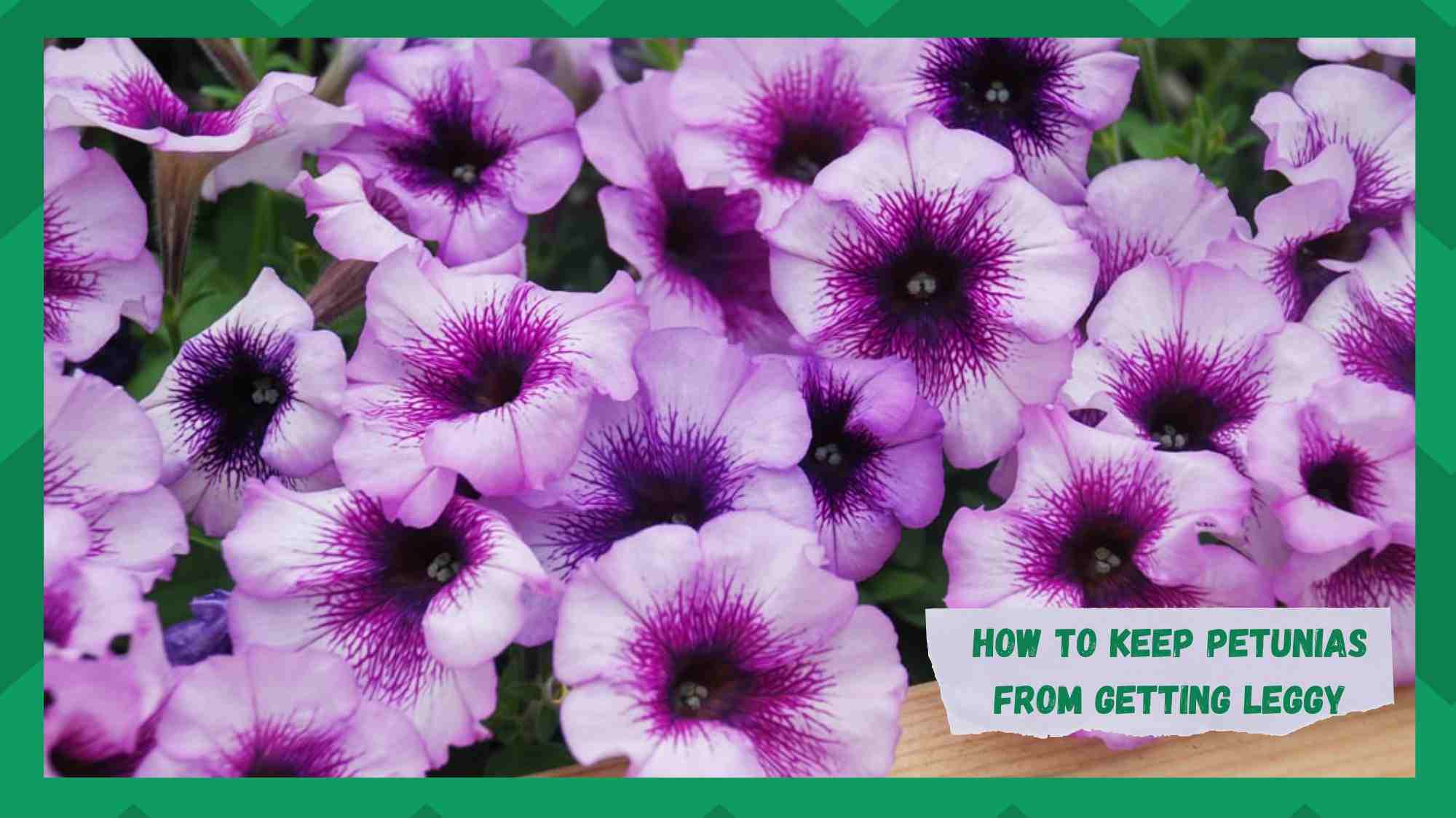
Petunias is one of the most beautiful flowering plants that aren’t only vibrant but easy to care for as well. This plant has a high tolerance toward heat and drought and has quick growth.
It flowers all year long with regular care and maintenance. However, some people complain about leggy petunias, with which the foliage and blossoms go at the end of the bare and long stem. In simpler words, the plant will have an empty patch with no blossom.
How to Keep Petunias From Getting Leggy
- Watering
The petunias have a higher tolerance for drought and heat but it’s not healthy for the plant to become dry, as it’s one of the primary reasons behind a leggy plant.
For this reason, you need to water the petunias as soon as the soil seems dry. It’s not recommended to water the plant daily because overwatering can lead to crown and root rot.
In particular, you need to let the two inches of topsoil dry before you water the petunias again. People living in dry and hot climates might have to water the petunias daily as direct exposure to sunlight and dry winds can dry the topsoil.
The best option is to invest in a soil moisture meter to determine if the plant needs watering or not.
In most cases, the leggy petunias develop in the seedlings but it can happen to adult plants as well. It is caused by insufficient nutrition in the soil, poor light, and insufficient water. Since petunias are low-maintenance plants, basic plant care is enough to keep them healthy and free of bald patches.
- Deadheading
Regular deadheading is essential for the petunias to grow healthily. In particular, the petunias should be deadheaded during the summer season.
Deadheading the petunias is more complex than removing the empty stems as you have to remove the seed pods from the plant (the seed pods are the small green nubs that remain on the stem once the flower is removed).
In addition to green seed pods, you should also remove the brown nubs because the seed pods become brown when they grow older.
In most cases, the stem below the nub also turns brown, which is why you have to clip out the entire stem. Keep in mind that cutting off the stems and nubs is difficult, so it’s better that you use garden shears to ensure quick and cleaner cuts.
As far as deadheading the flowers is concerned, you must pinch the spent flowers earlier by pinching the stem with your forefinger and thumb right above the healthy leaves.
Make sure you don’t damage the leaves in the process as leaves conduct the photosynthesis process to provide energy to the plant. Once the dead parts of the plants are cleared, the plant will put energy into the production of more flowers, resulting in a bushier plant.
Also, it’s recommended that you don’t wear thick gloves for pinching off the flowers as they can put pressure on the plant.
- Pruning
Petunias need regular pruning to produce full blossoms. In case you don’t prune the petunias, it usually leads to long and empty stems with only one to two flowers on the end, resulting in a leggy plant.
For this reason, it’s recommended that you prune the plant after every few weeks – you have to remove the ¼ to half an inch of the stem’s top. However, if some stems have full blossoms, it’s recommended that you just prune the longer stems.
This pruning sequence will ensure that the plant has full bloom and is also regenerating itself. Also, when you prune the plant, you must leave some leaves on the stem and trim above the node to make sure the plant can undergo the photosynthesis process (the node is where the leaves connect to the stem).
Ideally, you should cut the entire plant to one-half of its size, with which the additional stems will sprout off the existing stems – it’s a great way of filling the bald patches in the plant.
- Correct Fertilization
If the plant has excessive leaf growth but there is little to no flower production, it’s likely that you are using a high-nitrogen fertilizer. In addition, the falling and yellow leaves are a result of over-fertilization. If that’s the case, you must stop fertilization until the plant heals – the healing process can take over four weeks.
In addition, it’s recommended that you water the plant to rinse out the fertilizer from the soil. If the petunias are planted in the flower bed, you should water the soil regularly to drain out the fertilizer.
On the other hand, if you have planted them in the container, the drainage holes will ensure the excretion of fertilizer from the plant.
Also, if you applied the liquid fertilizer, you have to wash the foliage as well. Last but not least, never over-feed the plant. The experts recommend using a balanced NPK fertilizer once in three to four weeks during the growth period. However, the spreading petunias must be fertilized every week.
- Sunlight
Petunias show healthy growth in temperatures ranging from 17 degrees Celsius to 30 degrees Celsius. This means that the plant needs sunlight to grow and a lack of direct sunlight exposure can result in a leggy plant.
Similarly, the flowers start getting yellow and lose their color/vibrancy if there is over-exposure to sunlight, which is why you’ve to put the plant where it gets five to six hours of sunlight only – it ensures healthy and faster growth.
Since lack of exposure to sunlight can also damage the plant, you’ve to be careful about the planting location. In particular, make sure you don’t plant petunias around tall trees or plants because they can restrict sunlight from reaching the petunias.
- Critters
If the petunias seem damaged in the morning while you left them healthy the night before, it’s likely that the insects are eating the plant at night. Some of the most common insects include mites, aphids, leaf miners, and caterpillars.
In addition, you have to be careful about the slugs as well. To get rid of these critters, it’s recommended that you use neem oil as it helps repel the insects without damaging the plant. In addition, you can use insecticidal soap to clean the plant.
- Peat Moss
What type of medium you use for planting the petunias also makes a great difference. In most cases, using peat moss can result in root-bound plants because peat moss can compress down and become hydrophobic (the soil will feel like a hard brick).
As a result, the plant won’t be able to absorb water, which causes significant damage to the plant. So, make sure the planting medium has sufficient draining and the soil is loose. In addition, you can use perlite.
However, if adding the perlite doesn’t work and you cannot remove the peat moss, we recommend that you use shove the garden knife’s blade into the moistened soil and wiggle the blade to make holes.
Now, add potting soil in these areas to make sure the roots receive the water. If you use this method of reviving the soil, it will take around three to four weeks for the plant to start blooming again.
The Bottom Line
The bottom line is that petunias are easy to grow as long as you maintain the ideal growth conditions. To prevent a leggy plant, it’s recommended that you prune the plant regularly and pinch off the dead flowers to make sure the plant uses its energy to produce fresh flowers.
Also, be diligent in pruning and deadheading to get fuller and rich blooms all year long. Last but not least, make sure you plant them at least three feet apart in a flowerbed to let them grow to their maximum capacity.

